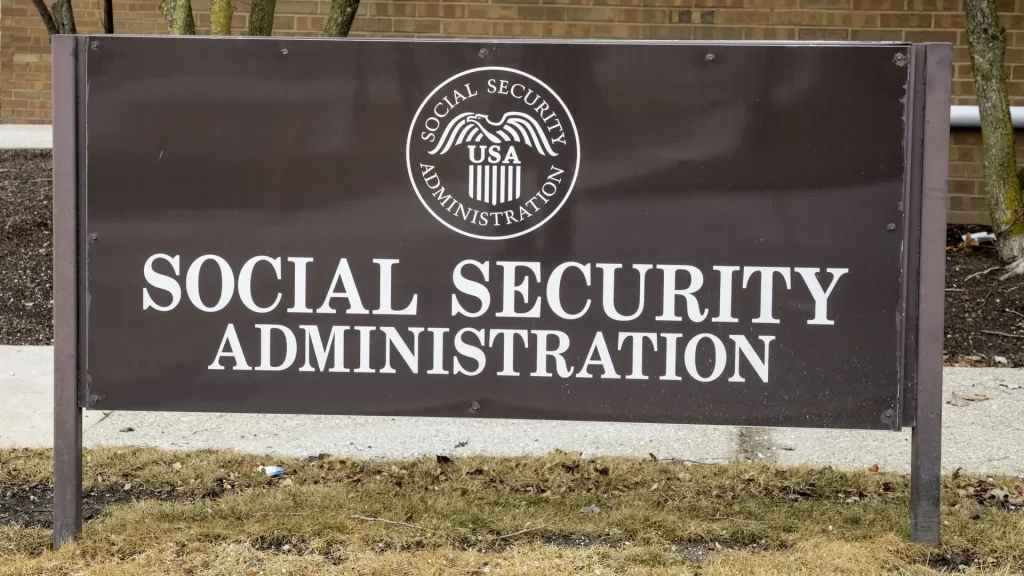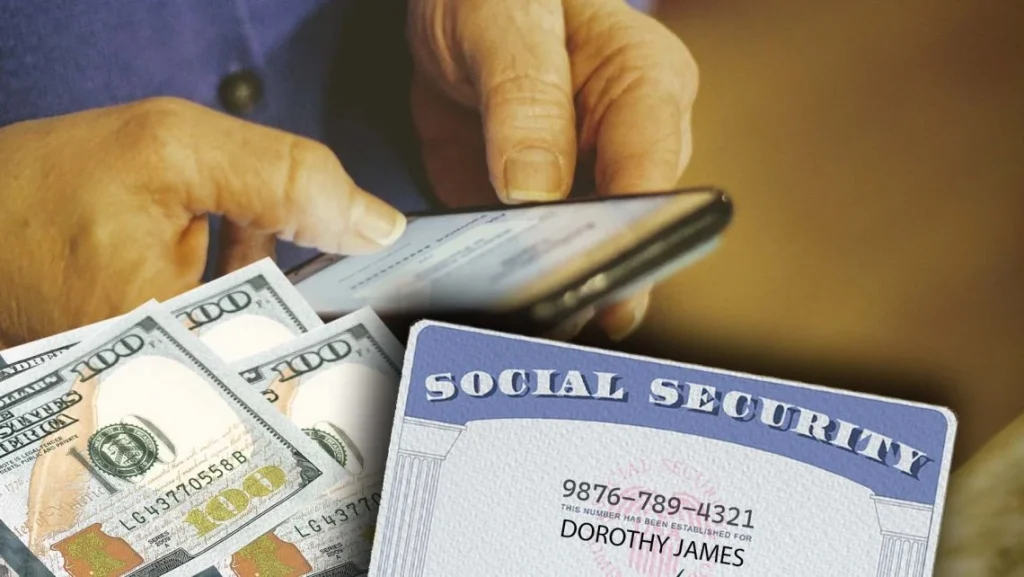
The Social Security Administration (SSA) is facing a growing crisis as its website experiences repeated crashes and its phone lines become overwhelmed, leaving millions of Americans struggling to access essential services. These disruptions come in the wake of recent policy changes aimed at reducing fraud, which have inadvertently created service bottlenecks and increased frustration among beneficiaries.
Service Disruptions Leave Millions in Limbo
Over the past few weeks, the SSA’s online system has repeatedly gone offline, preventing users from managing their benefits, checking payment statuses, or updating personal information. At the same time, phone lines have been inundated with calls, forcing many to endure hours-long waits or fail to connect at all.
Reports from various SSA field offices indicate that the situation has led to a backlog of claims, with some individuals unable to access disability benefits, Social Security retirement payments, or Supplemental Security Income (SSI).
According to a Wall Street Journal report (WSJ), SSA employees are struggling to keep up with the demand, with some office managers taking over receptionist duties to field urgent calls.
Policy Changes Fuel the Crisis

The crisis stems largely from recent SSA policy changes that were meant to curb fraudulent claims. The SSA initially rolled out new identity verification rules that required beneficiaries to verify their identity either online or in person, replacing phone-based applications. However, after widespread backlash, the agency modified the policy, applying the stricter measures only to certain categories of claimants.
While intended to protect against fraud, these changes inadvertently placed a greater burden on SSA systems. Vulnerable groups, such as the elderly and disabled individuals without internet access or transportation, now face even more difficulty in accessing their benefits.
In response to the crisis, the SSA announced that it would delay some of the more restrictive measures and roll back certain service reductions (Reuters).
Public Outrage and Government Response
Advocacy organizations, including AARP, have expressed concern over the ongoing service disruptions. AARP officials stated that they have received an overwhelming number of complaints from retirees and disabled individuals unable to access critical Social Security payments.
The SSA acknowledged the issues and urged the public to remain patient as it works to stabilize online services and hire additional customer service representatives to manage the surge in calls. The agency has also recommended that beneficiaries use the My Social Security online portal (SSA.gov) to manage their benefits whenever possible.
“We understand the frustration these disruptions have caused, and we are taking urgent steps to address them,” an SSA spokesperson said in a statement. “We are working diligently to restore website functionality and improve phone response times.”
How Beneficiaries Can Navigate the Crisis?

For those affected by the service failures, here are a few steps to take while SSA systems remain unstable:
- Create a My Social Security Account: This online account allows users to manage their benefits, check payment details, and update personal information. Register at ssa.gov/myaccount.
- Use the SSA Online Services Page: Some applications, such as retirement and Medicare enrollment, can be completed online at ssa.gov/benefits.
- Check for Local SSA Offices: Some issues may be resolved faster by visiting an SSA office in person. Find the nearest location at secure.ssa.gov/ICON/main.jsp.
- Call During Off-Peak Hours: The SSA advises calling early in the morning or late in the afternoon to reduce wait times. The official SSA phone number is 1-800-772-1213.
Long-Term Implications
The SSA’s current struggles highlight deeper systemic issues within the agency, including staffing shortages and outdated technology infrastructure. Budget constraints have prevented necessary IT upgrades, leaving the system vulnerable to crashes and service delays.
While the SSA has pledged to address these challenges, experts warn that similar disruptions could occur in the future unless the agency receives significant funding for modernization. Congressional leaders have already begun discussing emergency funding measures to improve SSA operations, though no concrete plans have been approved.
For now, beneficiaries are urged to remain patient and utilize alternative methods to access their benefits as the agency works to resolve the crisis.
For official SSA updates and resources, visit www.ssa.gov.



